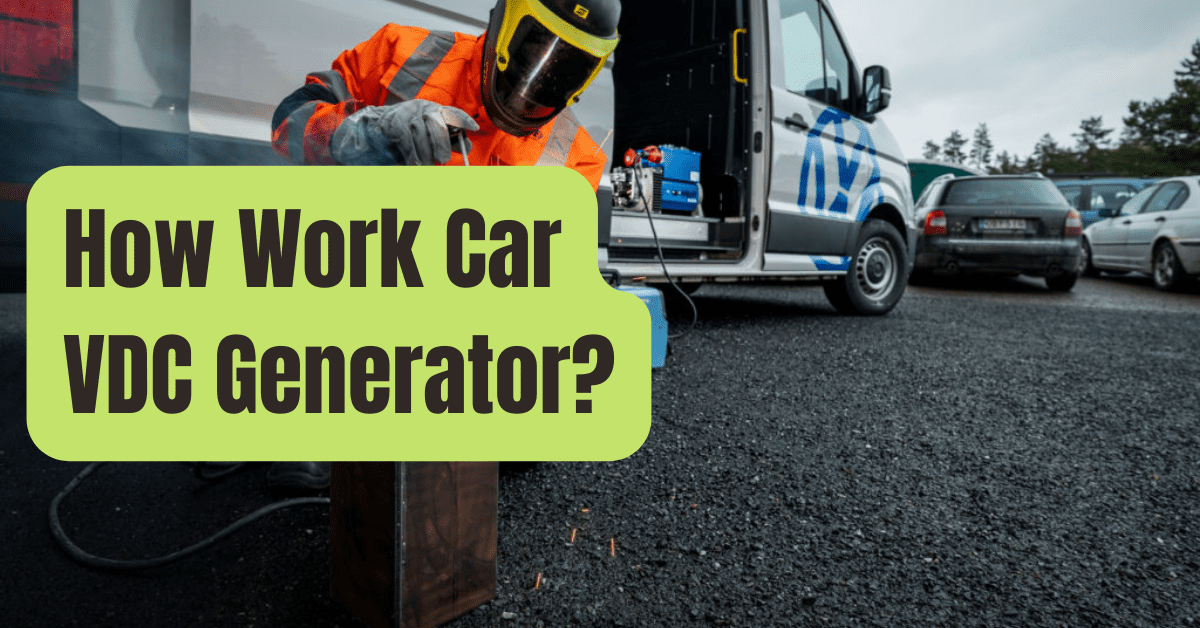#1. Dynamo
A dynamo is a machine that generates electricity.
It works by spinning tightly coiled tiny wires in a magnetic field to generate electricity.
A stationary assembly of magnets or electromagnets surrounds the spinning wire windings to maintain the magnetic field.
The current and voltage generated are determined by the wires’ rotational speed and the magnetic field’s intensity.
#2. Armature
The armature is the spinning and wrapping of wires in a vehicle generator.
This component spins using a system of belts and pulleys linked to the vehicle’s engine.
The rotational speed is therefore regulated by the engine’s speed.
Only at or above a certain engine speed can an automobile generator produce its maximum power.
#3. Commutator
The commutator is a device attached to the armature that converts the alternating current (AC) produced by the spinning armature to direct current (DC) (DC).
Because the car’s other electrical components, such as the headlights and horn, function exclusively in direct current, this step is required.
Two spring-loaded brushes glide over the surface of the commutator in the integrated configuration of the commutator and armature.
These brushes make contact with different contact points on the commutator as the unit rotates, and the current is transformed by this mechanical motion.
#4. Connections
The field, the armature, and the ground are the three connections on an automobile generator.
The ground connection, like other electrical systems, exists to safeguard the whole system from excessive power.
This is a given in a vehicle’s electrical system, notably in the automobile generator, since most components are comprised of metal.
The major link is the armature connection labeled “A,” which transports the generator’s electrical output.
The “F” field connection is a smaller link that gives electricity to the electromagnets around the armature and regulates the magnetic field’s intensity.
Each of the three connectors is connected to the car’s regulator.
#5. Regulator
The regulator is usually found in the inner fender of an automobile, and its job is to control the generator’s electrical output so that a steady voltage is maintained.
It does this by adjusting the magnetic field intensity in the generator.
Older devices work by quickly shutting and opening a sequence of relays until the desired voltage is reached.
#6. Alternator
The alternator is a step forward from the car’s generator.
Generators are no longer used in modern automobiles.
In an alternator, the construction is reversed.
The magnets are spun inside the winding, rather than spinning coiled wires within a fixed magnetic field.
Instead of a commutator, diodes are used in this design.
These are solid-state devices that enable electricity to flow in just one direction, allowing alternating current to be converted to direct current.
Alternators are more efficient because they can generate more power even at low engine speeds, allowing them to charge the vehicle battery even while the car is idle, which is something that a car generator cannot do.










